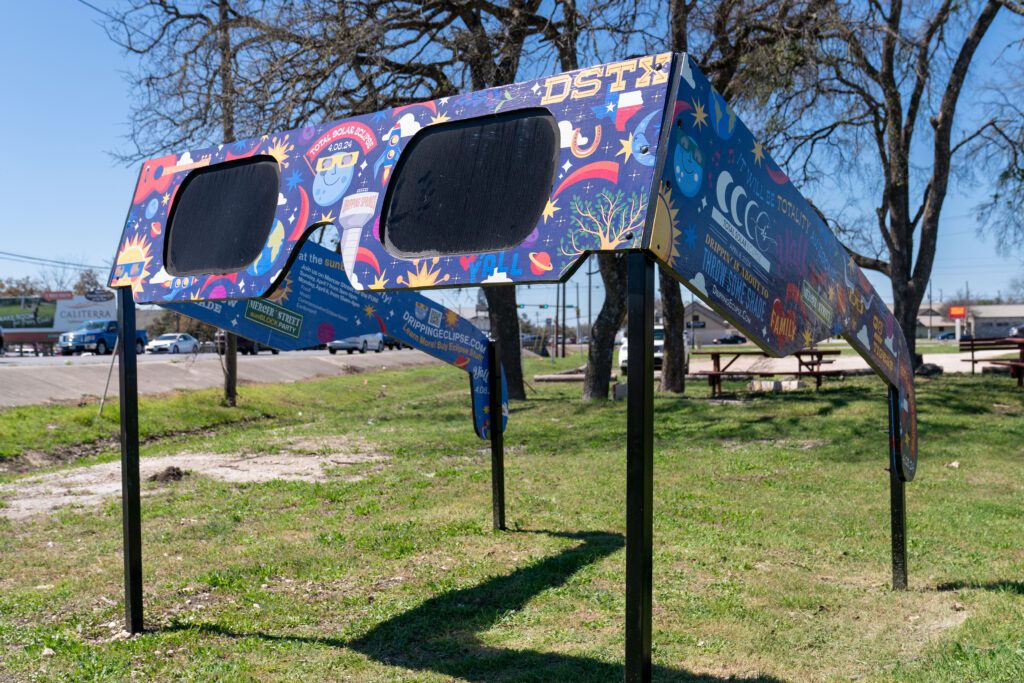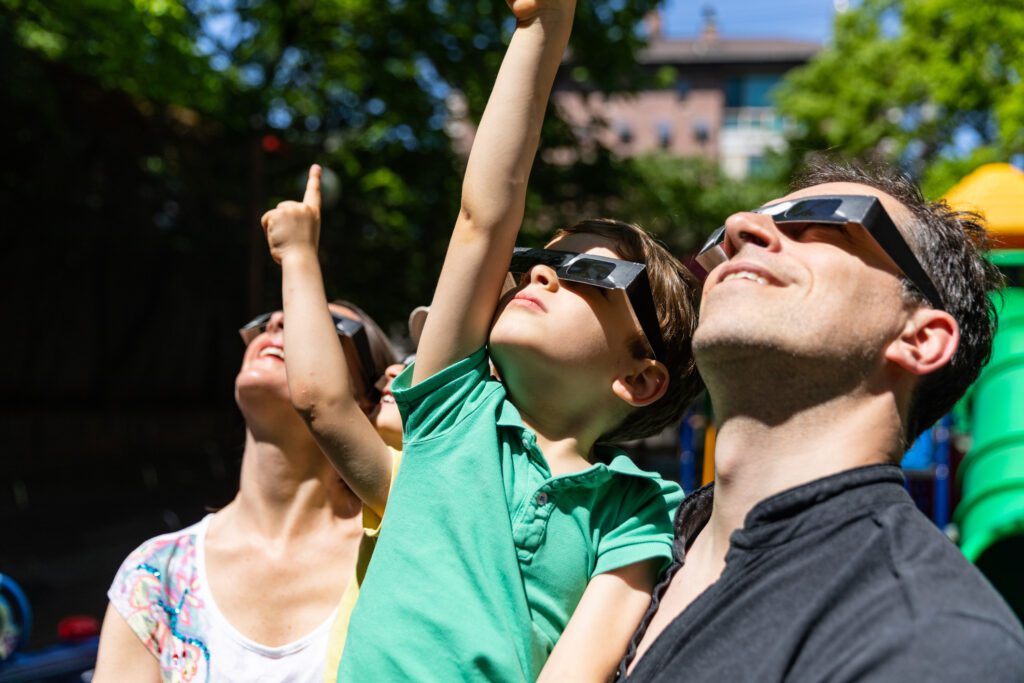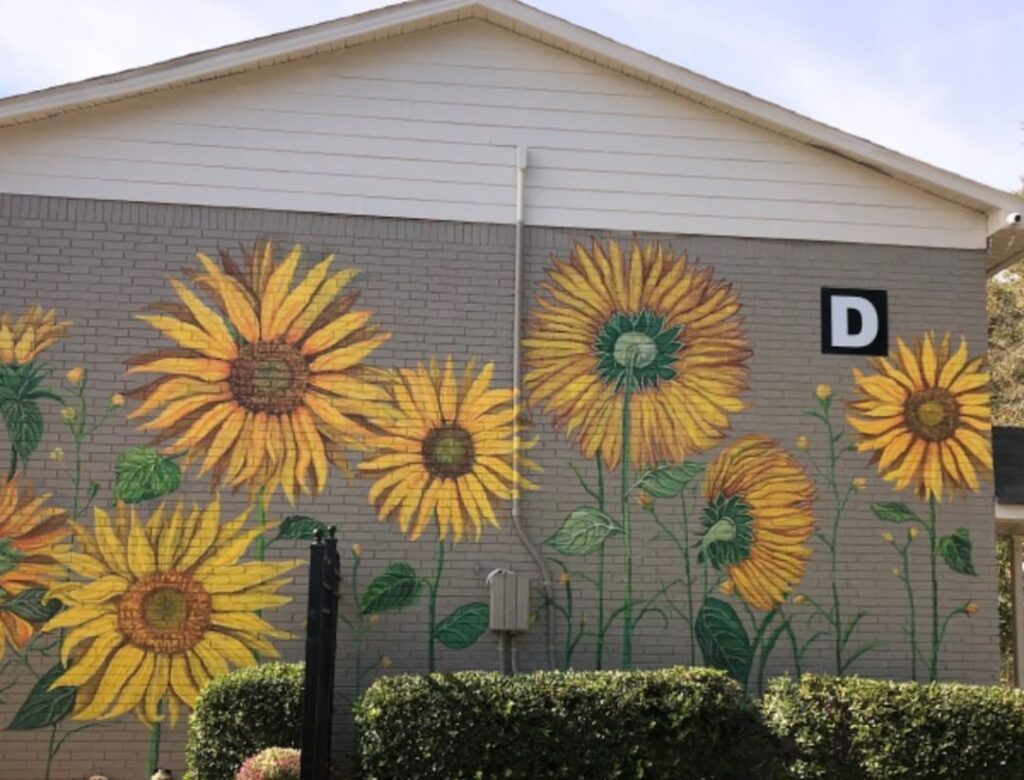On April 8, scores of people across parts of North America will gather outdoors at the same time to witness this year’s most anticipated celestial event: a total solar eclipse that will turn daylight into darkness for up to 4 minutes, 28 seconds.
While the eclipse itself isn’t that rare — one takes place every 18 months or so — being able to witness one is a far less common occurrence. On average, a total solar eclipse can be seen from some point on the planet only once every 375 years. There are a few lucky locales, however, that have been treated to the spectacle more frequently.
Nearly seven years ago, in 2017, a solar eclipse with a 70-mile wide path of totality stretched from Lincoln Beach, Oregon to Charleston, South Carolina. In that eclipse’s path of totality, which refers to the path in which the moon lines up perfectly with the sun, the moon’s shadow completely covered the sun for a maximum of 2 minutes, 40 seconds.
New England has witnessed five total solar eclipses in the last century, and New York City and San Diego were last in the right place at the right time in 1925 and 1923, respectively, according to the Old Farmer’s Almanac.
All that to say: location, location, location. Read on to learn which fortunate folks will get a front row seat to this year’s eclipse, what gear is needed to view it, and how to catch the action from the comfort of home.

When to Watch
The whole event will last a couple of hours from start to finish — in other words, from the time the moon’s shadow begins to travel across North America to the time it can no longer be seen at all — but total darkness will occur for just a few minutes.
In the U.S., totality will begin in Texas at around 1:27 p.m. CT, and will end in Maine at 3:35 p.m. ET. The partial eclipse will begin earlier — use this helpful chart to see when it will be visible in your area, and check out this interactive map to see exactly which cities are in the path of totality.
The Path of Totality
Per NASA, the path of totality begins in Mazatlán, Mexico, and sweeps across 13 U.S. states: Texas, Oklahoma, Arkansas, Missouri, Illinois, Kentucky, Indiana, Ohio, Pennsylvania, New York, Vermont, New Hampshire, and Maine. Small areas of Tennessee and Michigan will also experience total darkness, and all 48 contiguous states will be treated to at least a partial solar eclipse. The totality arc continues on through the Canadian province of Newfoundland.
Watch an animation of the moon’s shadow traveling over North America from the point of view of a spacecraft 125 miles high.
Many stargazers are already planning to travel out of state to watch the eclipse, so if you’d like to join them, consider making your plans sooner than later and prepare for heavy traffic.
“It will likely be the most-viewed astronomical event in American history,” eclipse chaser Michael Zeiler, who runs the Great American Eclipse website, told USA Today. He names Hill Country in Texas as the area with “the best weather prospects in the U.S.” for viewing the event in person.
Regardless of what city you’re viewing it from, areas with fewer tall buildings will offer the least obstructed views.

What You Need
If you’re watching the eclipse in person, it’s crucial that you never look directly at the sun (unless it’s during totality) and wear protective eyewear. Unfortunately, simple sunglasses won’t cut it. Instead, shield your eyes with certified solar glasses that are equipped with special light filters. You can get some here, here, and here.
You can also use “sunoculars” to get a closer look without damaging your eyes. For taking photos, use one of these filters over your camera lens, or try this convenient smartphone solar photography pack.
Watch From Home
You don’t have to pack your bags to take part in the excitement. NASA will be covering the solar eclipse live from 1-4 p.m. ET on NASA TV, NASA.gov, the NASA app, and YouTube.
Timeanddate.com will also be livestreaming the event for free.











